Liquidity
Ratios
-
Current Ratio
-
Quick Ratio (Acid-Test Ratio)
-
Why Liquidity Ratios Matter
Liquidity Ratios
Liquidity ratios measure a business’s ability to pay its short-term
obligations—like bills, wages, and loan payments—using its current assets.
In simple terms, they tell you how quickly a business can turn what it owns
into cash to cover what it owes in the near future.
“Liquidity is about survival—can the business pay its bills right now?”
“Liquidity is about survival—can the business pay its bills right now?”
1. Current Ratio
The current ratio is
calculated using the formula: Current Ratio = Current Assets ÷ Current
Liabilities. This ratio indicates how many times a business can cover its
short-term debts using its short-term assets. A ratio above 1 means the
business has more current assets than current liabilities, which generally
suggests good short-term financial health. On the other hand, a ratio below
1 may be a red flag, indicating potential cash flow issues or a risk of not
being able to meet upcoming obligations.
2. Quick Ratio (Acid-Test Ratio)
The quick ratio is calculated
using the formula: Quick Ratio = (Current Assets – Inventory) ÷ Current
Liabilities. Unlike the current ratio, this version excludes inventory
and focuses only on the most liquid assets—such as cash, marketable
securities, and accounts receivable. It provides a stricter measure of
liquidity because inventory may not be quickly converted into cash when
needed. This ratio is especially useful for businesses that hold large amounts
of stock or sell slow-moving products.
3. Why Liquidity Ratios Matter
Liquidity ratios help answer some of the most critical short-term financial questions a business faces. Can it pay salaries next month? Will it be able to cover upcoming bills without needing to borrow more money? Is it financially healthy in the short term? These ratios provide clear insights into a company’s ability to manage its immediate obligations. They are especially important to owners, investors, and lenders, as they want assurance that the business won’t suddenly face a cash crunch or be unable to meet its day-to-day expenses.
Key Takeaways
✅ Liquidity ratios measure short-term financial health
✅ The current ratio includes all current assets; the quick ratio excludes inventory
✅ A ratio above 1 is usually safe; below 1 may signal trouble
✅ Helps in cash flow planning and loan evaluations
✅ Crucial for businesses with frequent short-term payments
Write your awesome label here.
Access all Accounting and Bookkeeping Courses from One Portal.
Mastering Bookkeeping and Accounting
MBA simplifies accounting, ledger management, account balancing and financial statement preparation.
QuickBooks Online For Bookkeepers
From Beginner to Expert: Master QuickBooks Online. Effortlessly Navigate, Analyze Transactions, and Unlock its Full Potential.
Xero Accounting For Bookkeepers
Learn how to use Xero, the leading online accounting software to perform most of the essential bookkeeping tasks.
ChatGpt for Bookkeepers and Accountants
Learn how to use the ChatGPT prompt toolkit to simplify daily accounting tasks for accountants and bookkeepers instantly.
Subscribe to our newsletter
Stay informed with the latest accounting tips, tools, and updates from Accountutor right in your email inbox.
Thank you!
Policy Pages
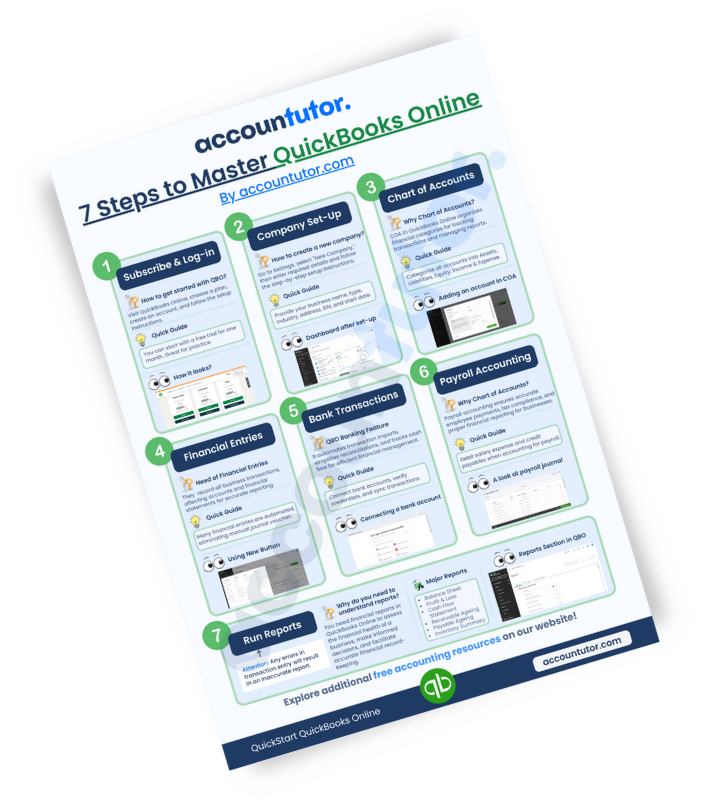
Download QuickBooks Online PDF Guide
Thank you!
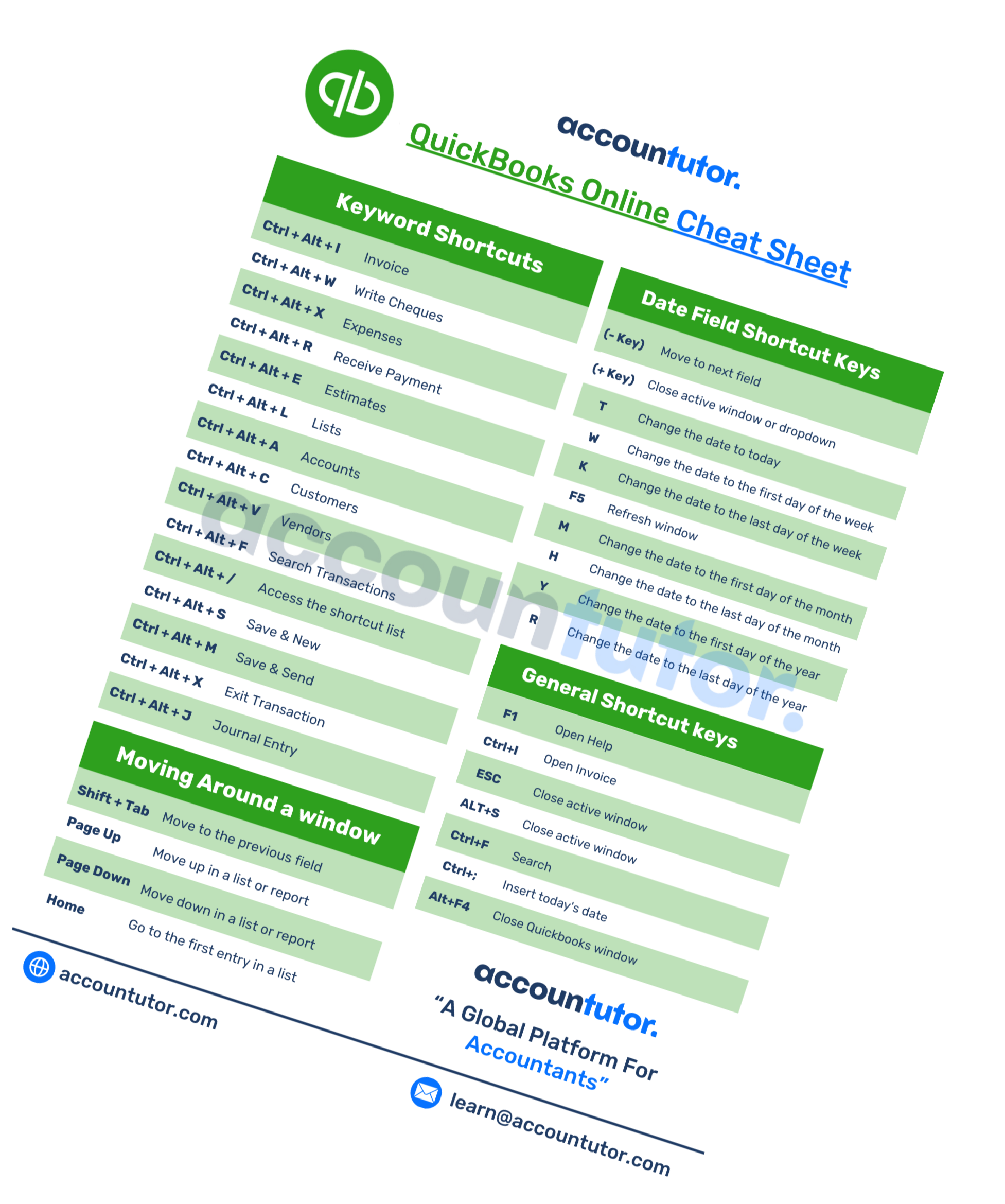
Download QuickBooks Online Cheat Sheet
Thank you!

Download ABCD of Accounting
Thank you!
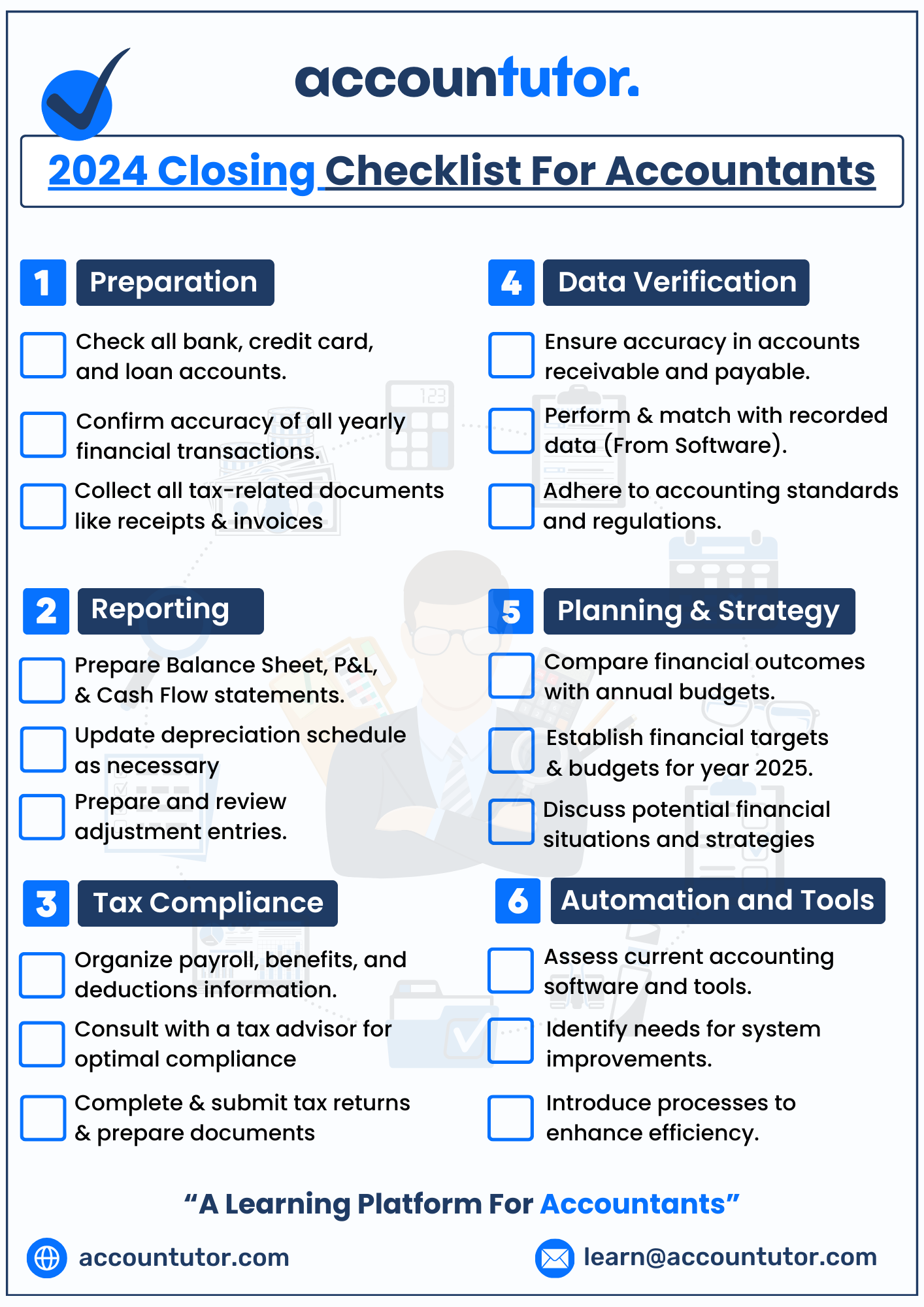
Download Checklist 2024
Thank you!
Register For Free!
Thank you!
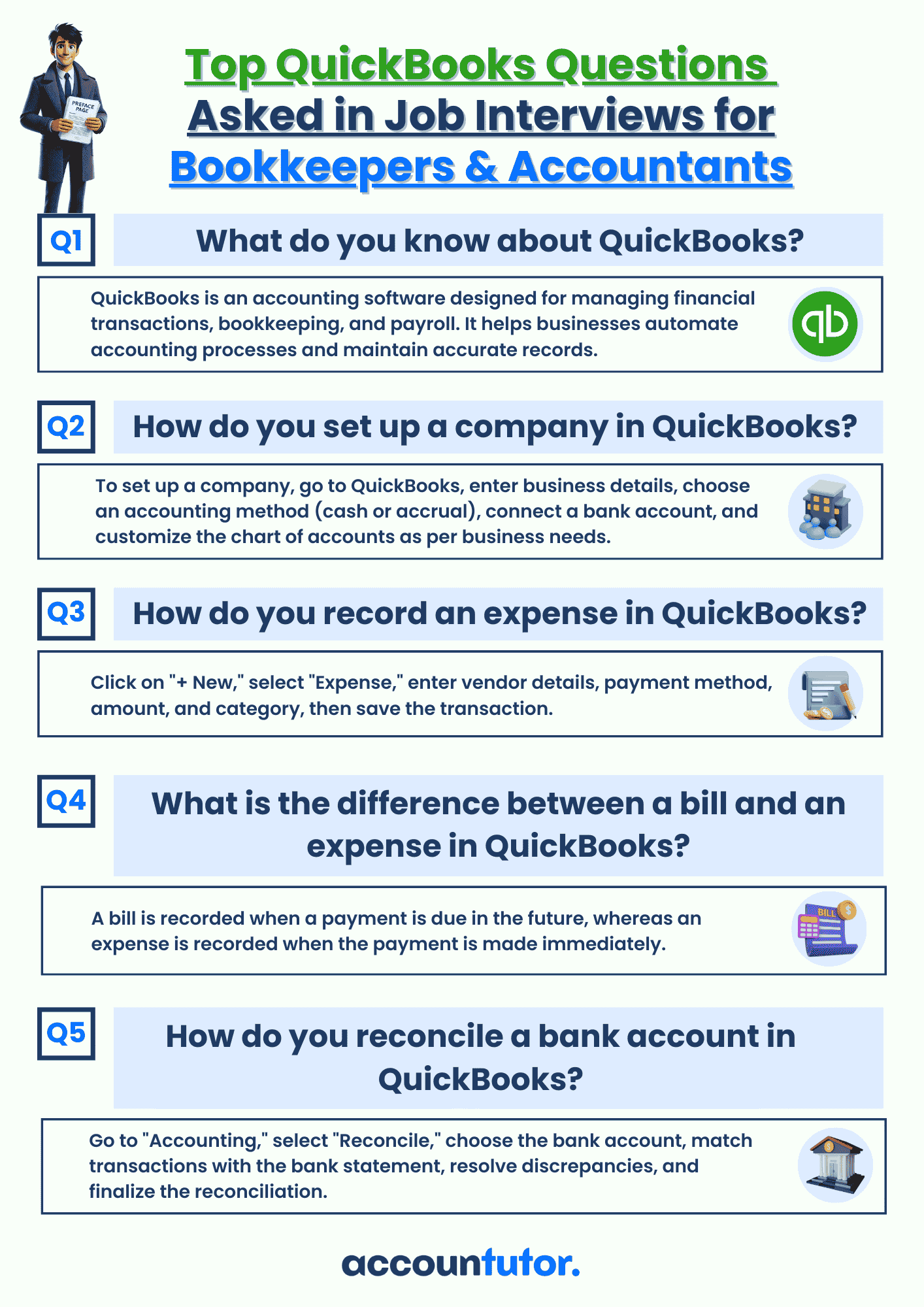
Download Interview Questions
Thank you!
Register for this webinar: How to Master QuickBooks Online— Without Feeling Overwhelmed
7th JUNE 2025 | 8:00 AM PST | 11:00 AM EST
Thank you! The joining link will be sent to your email shortly!
Webinar joining link will be sent to your email address.
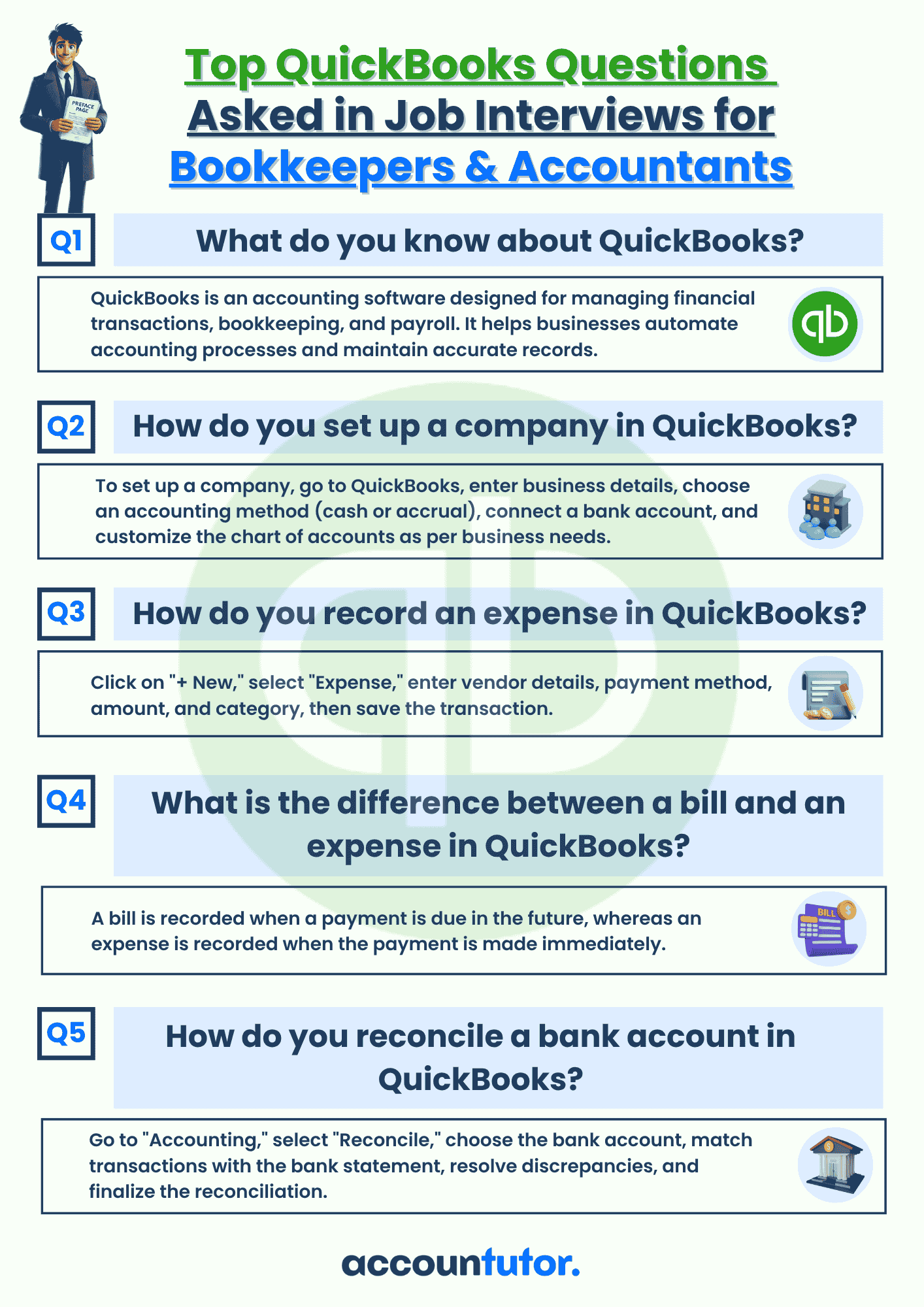
Download QBO Job Interview Questions and Answers PDF
Thank you!
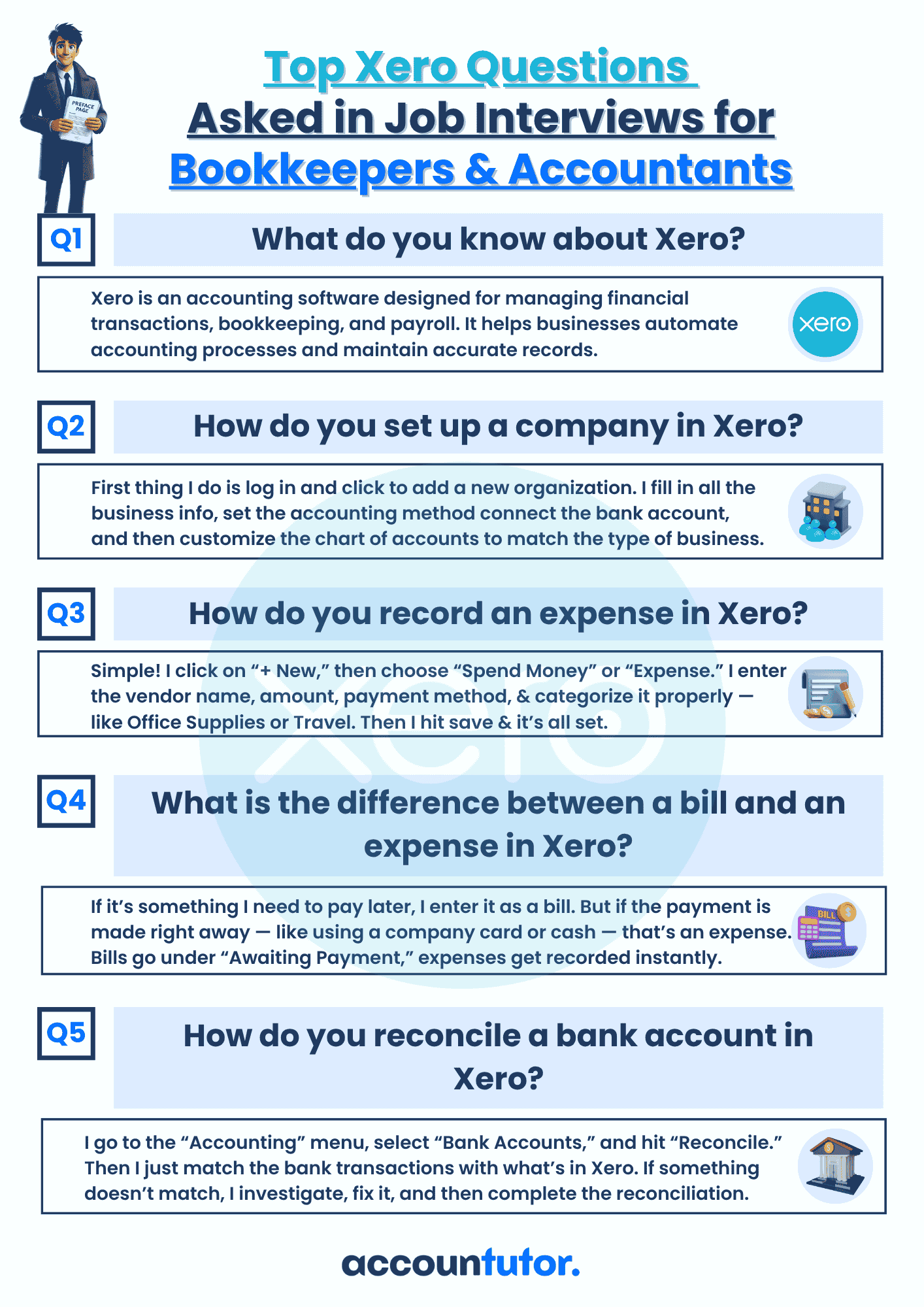
Download Interview Questions
Thank you!

Download 50 Interview Questions For Bookkeepers
Thank you!

Download QuickBooks Online Guidebook
Thank you!

